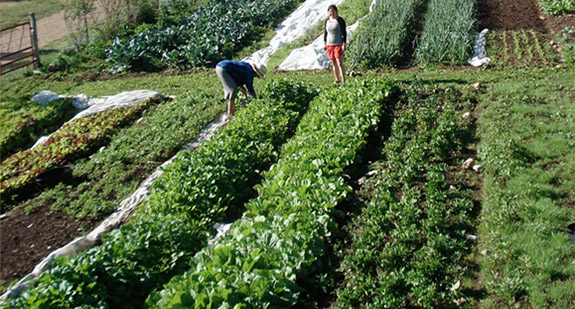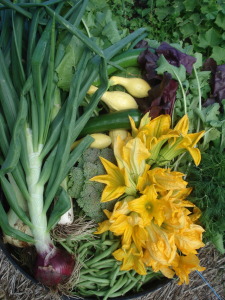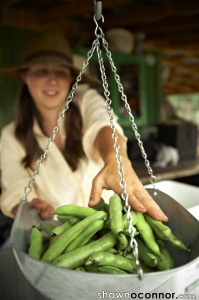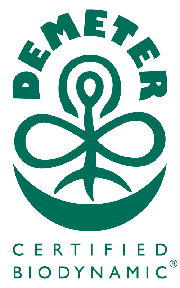June – October we keep our walk-in cooler stocked with our biodynamicaly grown veggies. So stop in and check the walk-in weekly for what is available.
Call or email Rose, rose@sustainablesettings.org or (970)963-6107
Come visit us at the ranch and meet the farmers that will be growing your food.




